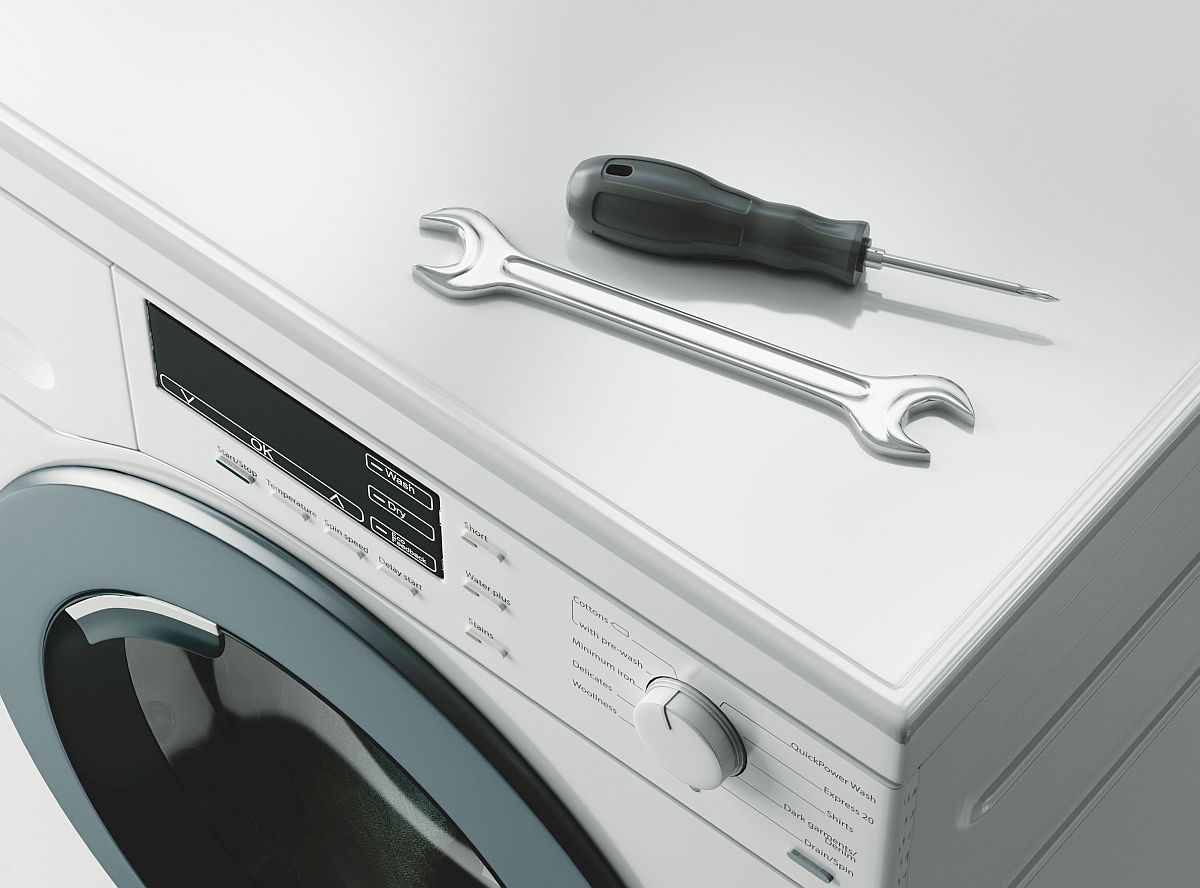3 Industries With a Proven Track Record for Embedded Insurance

Embedded insurance has become a hot topic. Predictions for the future of embedded insurance are bright: Up to 40 percent of all insurance policies may be embedded in the next 10 to 20 years, predicts Denise Garth, chief strategy officer at insurance software solutions provider Majesco.
For some insurers, embedded coverage is a new frontier. These insurers may hesitate to embrace embedded insurance and the technology that makes it possible. Yet insurers can take heart: Embedded insurance itself is not a new concept. In fact, some types of insurance have been embedded for years, with great success.
Here are three industries that are thriving with embedded insurance and the lessons fellow insurers can learn from them.
Travel
The COVID-19 pandemic placed the topic of risk front and center. In response, purchases of insurance increased, even as insured customers found themselves frustrated again and again to find that their coverage did not address the particular situations imposed by the pandemic.
Despite early confusion over what pandemic-related difficulties insurance would cover, insurance purchases remain high. Travel is one of the top areas in which customers not only want insurance coverage, but are more likely to purchase airline or train tickets if insurance is embedded.
Embedded travel insurance isn’t new. In the face of the pandemic, this coverage has proven its resilience, not only in attracting travelers but also in adapting to new risks. For example, today several embedded travel policies address COVID-19 concerns in addition to concerns raised by specific viral variants, such as the recent omicron variant, write Forbes Advisor editors Amy Danise and Jason Metz. The ability of travel insurance to adapt to new risks while remaining embedded sets an example for insurers in other industries.
Computers and Tech
Technology makes embedded coverage possible and embedded coverage for technological tools like computers and smartphones is popular, with its use on the rise.
Here, insurance may be incorporated into the cost of a product, or it may be offered as an add-on at the time of sale. Both options make it easier for customers to buy insurance. Either option can also increase customer satisfaction with the purchased item itself and with its insurance coverage.
For example, ZhongAn phone insurance is embedded in the phone itself, and makes use of the phone’s own on-board technology. If a user drops their phone in a way that causes damage, the internal sensors record the damage and send a claim automatically, writes venture capitalist Alex Lazarow. Insurance thus interacts with the technology it covers, providing a seamless customer experience.

Home Appliances
Embedded coverage for home appliances paves the way for similar coverage for other items, like motor vehicles.
Like computer or smartphone insurance, embedded home appliance coverage increasingly takes advantage of internal sensors and connectivity in the appliance itself. For insurers, this data provides benefits in two ways, says George Hosfield, senior director of home insurance at LexisNexis. First, insurers gain a better understanding of how the appliance operates and whether it is being used for its intended purpose. Second, insurers can learn about risk and its mitigation by examining patterns of usage. In both cases, insurers and customers can benefit from the relationship established by an embedded insurance policy.
Insurers seeking to embrace embedded insurance will need to balance business needs, customer protections and regulatory compliance when incorporating embedded policies into their approach, writes lawyer Shailaja Lall. To do so, they can look to areas in which embedded insurance is already flourishing.
Images by: imagehitasia/©123RF.com, stockdeca/©123RF.com